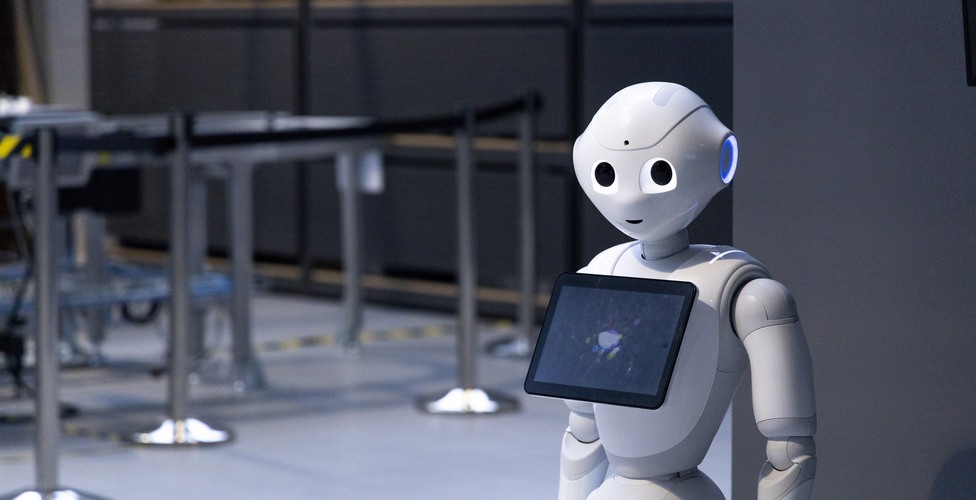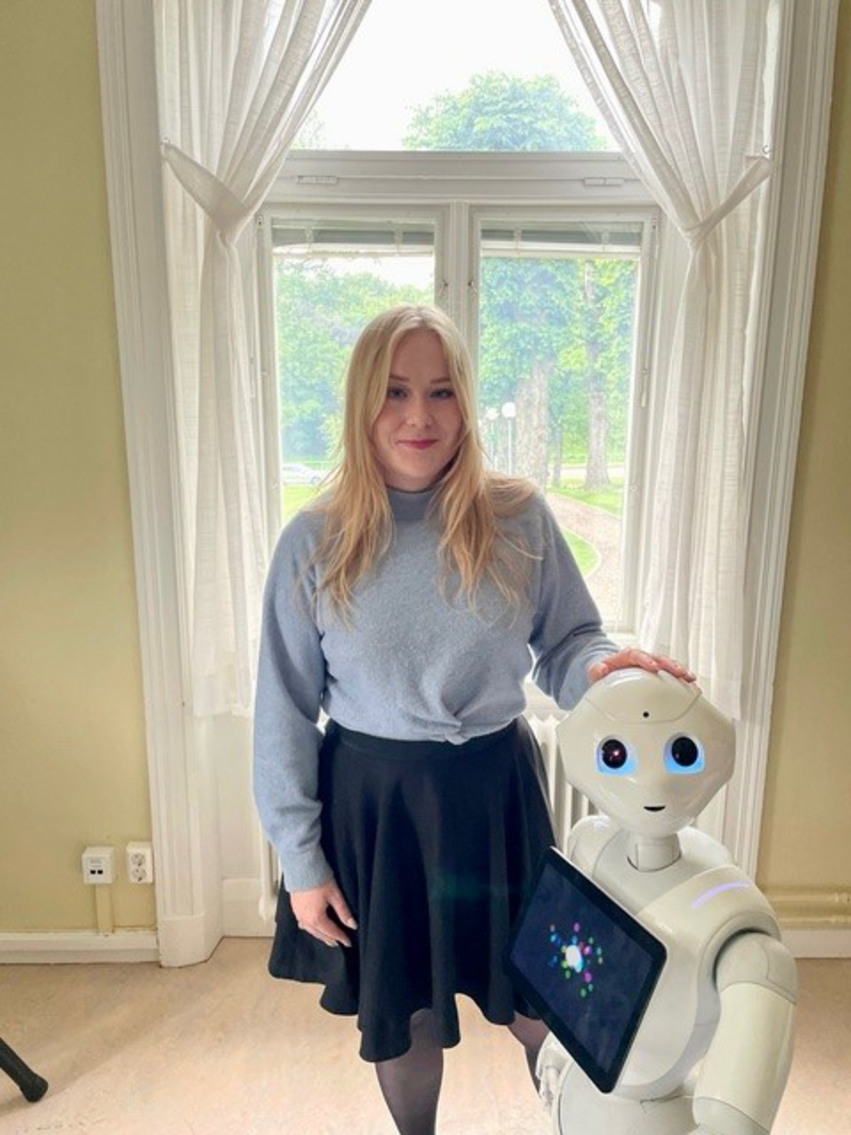Today, social robots cannot do everything we think they can. Our expectations of their abilities often come from indirect sources such as movies and television. Julia Rosén, PhD student in informatics at the University of Skövde, has studied the role of expectations. The research can assist robot manufacturers in the design process and create greater benefits for those using social robots in areas such as healthcare and education.

Social robots can assist us with a lot, but not everything we think they can.
We surround ourselves with more technology than ever, but our expectations of technology are still heavily influenced by for example movies and TV series. This is especially true for social robots. As the majority of us lack direct exposure to social robots, our understanding of how they operate is primarily derived from indirect sources.
In stories like Star Wars, Terminator, and Star Trek, human-like robots that can think and feel like us are often described, and that is not yet the case. This creates what Julia Rosén calls an expectation gap.
"There is a difference between users' expectations of social robots and the actual capabilities of social robots. In my research, I have studied the role and relevance of expectations in the interaction between humans and robots," says Julia Rosén.
A tool for robot designers
By studying the role of expectations, Julia Rosén has created an evaluation framework in her research to study people's expectations of social robots. This framework is like a toolbox for those creating social robots and for researchers in the field. With the help of these tools, they can conduct better investigations and, on a deeper level, understand how people's expectations affect their interaction with robots.
"My work can be used to systematically understand how expectations affect the interaction between humans and robots. The results are also relevant for developers of social robots, as my research can inform how to reduce the expectation gap and, with that knowledge, create better user experiences."
In addition to new tools, Julia Rosén's research contributes to new knowledge about how previous experiences with social robots strongly influence people's expectations of social robots.
"Expectations are largely based on the types of previous experiences users have, where those with direct experiences of robots have different expectations than those with indirect experiences."
Expectations change over time
Julia Rosén further explains that the role of expectations is often overlooked when developing social robots, but to create a positive experience for users, it is important to understand individual expectations.
If a person enters the interaction with very high expectations that lead to disappointment when encountering the robot, it may result in the person not using the robot.
Additionally, expectations change over time, which also affects the interaction between humans and robots. Therefore, it is important to understand how expectations change over time to make robots useful and create good interaction.
"Many studies in the field look at people's attitudes, feelings, and views on robots by measuring this once, without understanding how it changes over time. In the interaction between humans and robots, expectations can change before, during, and after the interaction," says Julia Rosén.
What is a social robot?
A social robot is a robot designed to interact with people socially. These robots are often designed to mimic human behaviours to invite social interaction. The potential uses for social robots are many, including healthcare, therapy, education, service, companionship, and home automation.
It presupposes, of course, that we as humans see the benefits and want to use robots, and Julia Rosén's research is an important contribution in that regard.

Julia Rosén next to the social robot Pepper.
Find out more
Julia Rosén will defend her thesis at he University of Skövde on Friday, January 19.
Read the abstract and download the thesis on "What did you expect?: A human-centered approach to investigating and reducing the social robot expectation gap" (his.diva-portal.org).
Contact
PhD Student Informatics
Julia Rosén
School of Informatics
